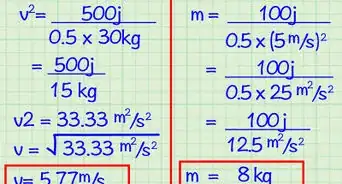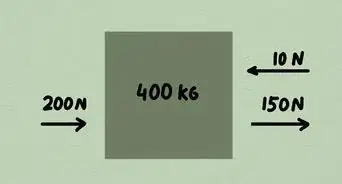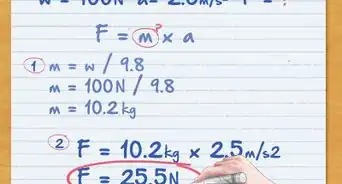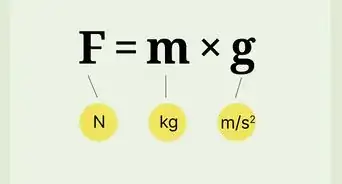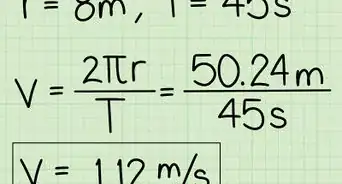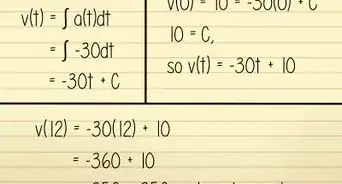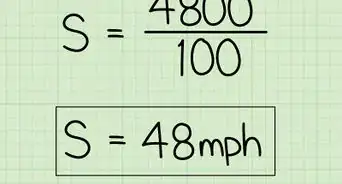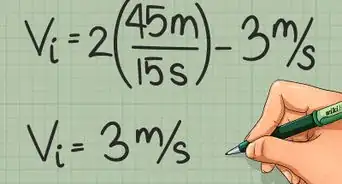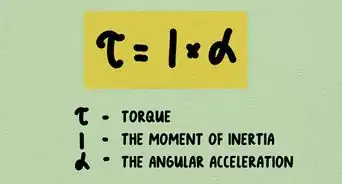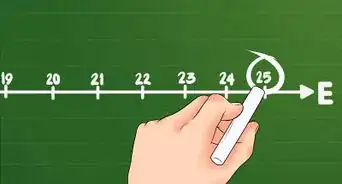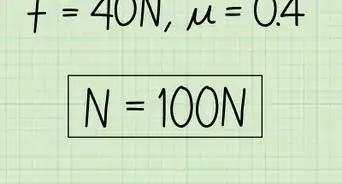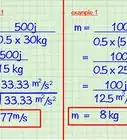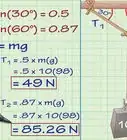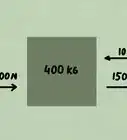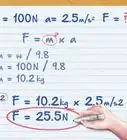X
wikiHow is a “wiki,” similar to Wikipedia, which means that many of our articles are co-written by multiple authors. To create this article, 15 people, some anonymous, worked to edit and improve it over time.
This article has been viewed 141,145 times.
Learn more...
When there are no opposing forces, a moving body tends to keep moving with a steady velocity as we know from Newton's first law of motion. If, however, a resultant force does act on a moving body in the direction of its motion, then it will accelerate per Newton's second law The work done by the force will become converted into increased kinetic energy in the body. We derive the expression for kinetic energy from these basic principles.
Steps
Method 1
Method 1 of 2:
Derivation Using Calculus
-
1Begin with the Work-Energy Theorem. The work that is done on an object is related to the change in its kinetic energy.
-
2Rewrite work as an integral. The end goal is to rewrite the integral in terms of a velocity differential.Advertisement
-
3Rewrite force in terms of velocity. Note that mass is a scalar and can therefore be factored out.
-
4Rewrite the integral in terms of a velocity differential. Here, it is trivial, because dot products commute. Recall the definition of velocity as well.
-
5Integrate over change in velocity. Typically, initial velocity is set to 0.
Advertisement
Method 2
Method 2 of 2:
Derivation Using Algebra
-
1Begin with the Work-Energy Theorem. The work that is done on an object is related to the change in its kinetic energy.
-
2Rewrite work in terms of acceleration. Note that using algebra alone in this derivation restricts us to constant acceleration.
- Here, is the displacement.
-
3Relate velocity, acceleration, and displacement. There are several constant acceleration kinematic equations that relate time, displacement, velocity, and acceleration. The "timeless" equation which does not contain time is below.
- When an object starts from rest,
-
4Solve for acceleration. Remember, initial velocity is 0.
-
5Substitute acceleration into the original equation and simplify.
Advertisement
Community Q&A
-
QuestionHow do I calculate kinetic energy using the equations of motion?
 Community AnswerK=1/2mv^2. You can take any equation of motion, solve for v and then substitute in the equation above. I could provide more help if you gave the specific equation.
Community AnswerK=1/2mv^2. You can take any equation of motion, solve for v and then substitute in the equation above. I could provide more help if you gave the specific equation. -
QuestionHow do I calculate potential and kinetic energy involving projectile of a ball without given mass?
 Community AnswerYou can not, since energy is a function of both mass and velocity. If you know the velocity but not the mass, you can turn it into a function of mass, since velocity becomes a constant; you could have K = 7m, where m is the mass. Just be sure to mind your units.
Community AnswerYou can not, since energy is a function of both mass and velocity. If you know the velocity but not the mass, you can turn it into a function of mass, since velocity becomes a constant; you could have K = 7m, where m is the mass. Just be sure to mind your units. -
QuestionWhy are we using the timeless equation?
 Community AnswerWe're using the timeless equation because we know that the kinetic energy of something shouldn't depend on time. So by using this equation, we can arrive at the answer in the simplest possible way. Otherwise, we would have to find a way to cancel the time variable that would be introduced.
Community AnswerWe're using the timeless equation because we know that the kinetic energy of something shouldn't depend on time. So by using this equation, we can arrive at the answer in the simplest possible way. Otherwise, we would have to find a way to cancel the time variable that would be introduced.
Advertisement
About This Article
Advertisement













